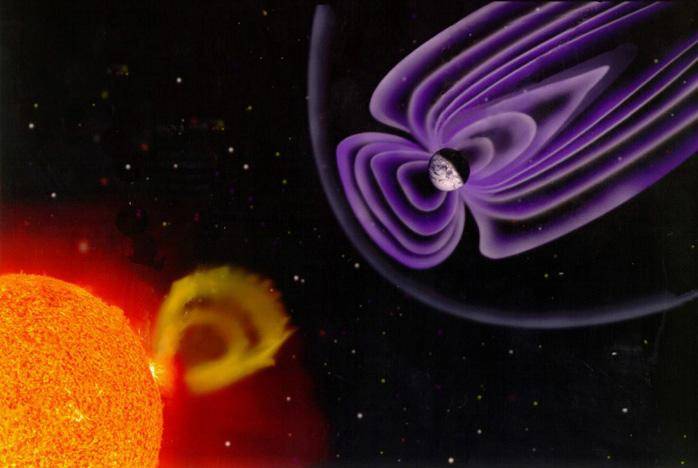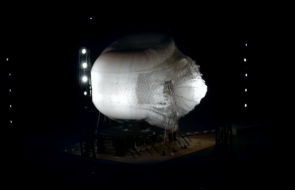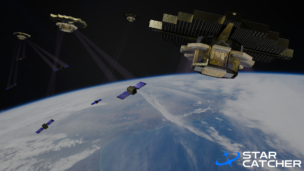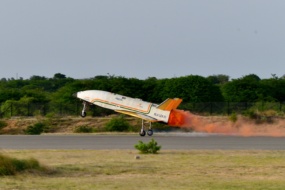Mission Space, a startup out of Luxembourg focusing on space weather awareness and forecasting, has signed a contract with EnduroSat, a Bulgarian nanosatellite startup, to launch the first private space weather forecasting payloads in Q4 2022. EnduroSat will also be one of the first customers for Mission Space’s “nowcasting” analytics platform. The companies say the contract represents the first private agreement to procure space weather forecasting services.
Space weather? The term refers to radiation and geomagnetic conditions created by the Sun. Space is rich in radiation, and spacecraft are often affected by geomagnetic storms, solar flares, and coronal mass ejections, when the Sun’s corona expels large amounts of plasma, creating a magnetic field.
Geomagnetic storms can damage or destroy satellites by overwhelming sensors, degrading onboard equipment, and altering orbits in unexpected ways. Mission Space estimates that $850M worth of satellites have been lost due to space weather events over the past five years.
The problem: The National Oceanic and Atmospheric Administration (NOAA) and ESA each operate space weather monitoring satellites, but they are “working well beyond their anticipated lifespans,” Mission Space CFO Alex Pospekhov told Payload. The satellites’ raw datastreams, delivered with a latency delay via email blasts and data portals, are “absolutely unusable,” Pospekhov said.
The solution: Mission Space is building a nanosatellite payload attachment that will monitor the space weather environment 24/7, relay the information to data centers, and add a layer of analytics that’s sold to end users.
“Our goal is to actually come up with the cloud platform that will have those predictive analytics in a user-oriented format that’s actionable and that’s easy to use,” said Mission Space COO Artem Axelrod.
Roadmap: The startup is focusing its sales strategy on “new space” companies, particularly constellation operators, and government agencies as customers for the nowcasting platform.
- Up first: An analytics suite that uses publicly available space weather data is targeted to ship mid-2022. In December, Mission Space plans to launch its first payload and start supplementing those analytics with proprietary data.
- Eventually: a total of 24 space weather monitoring payloads orbiting in LEO to provide real-time coverage of the radiation environment to customers by late 2024.




